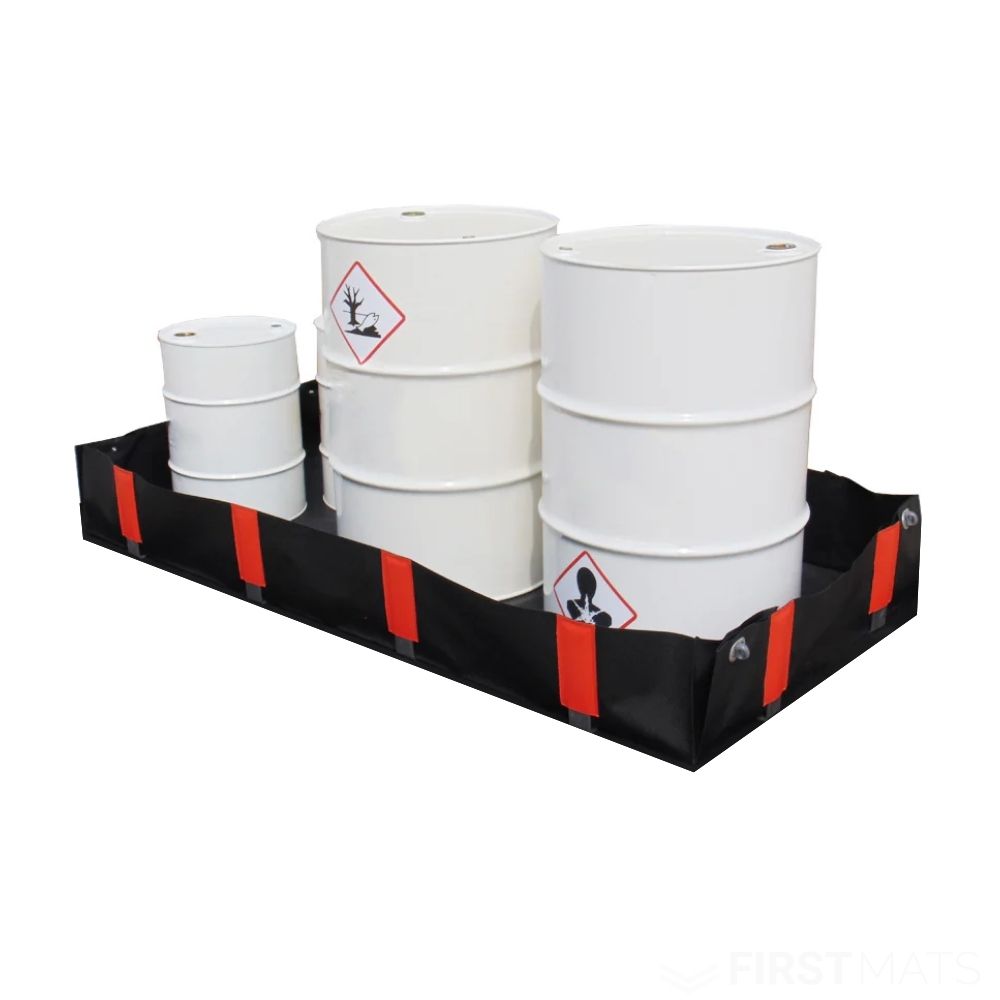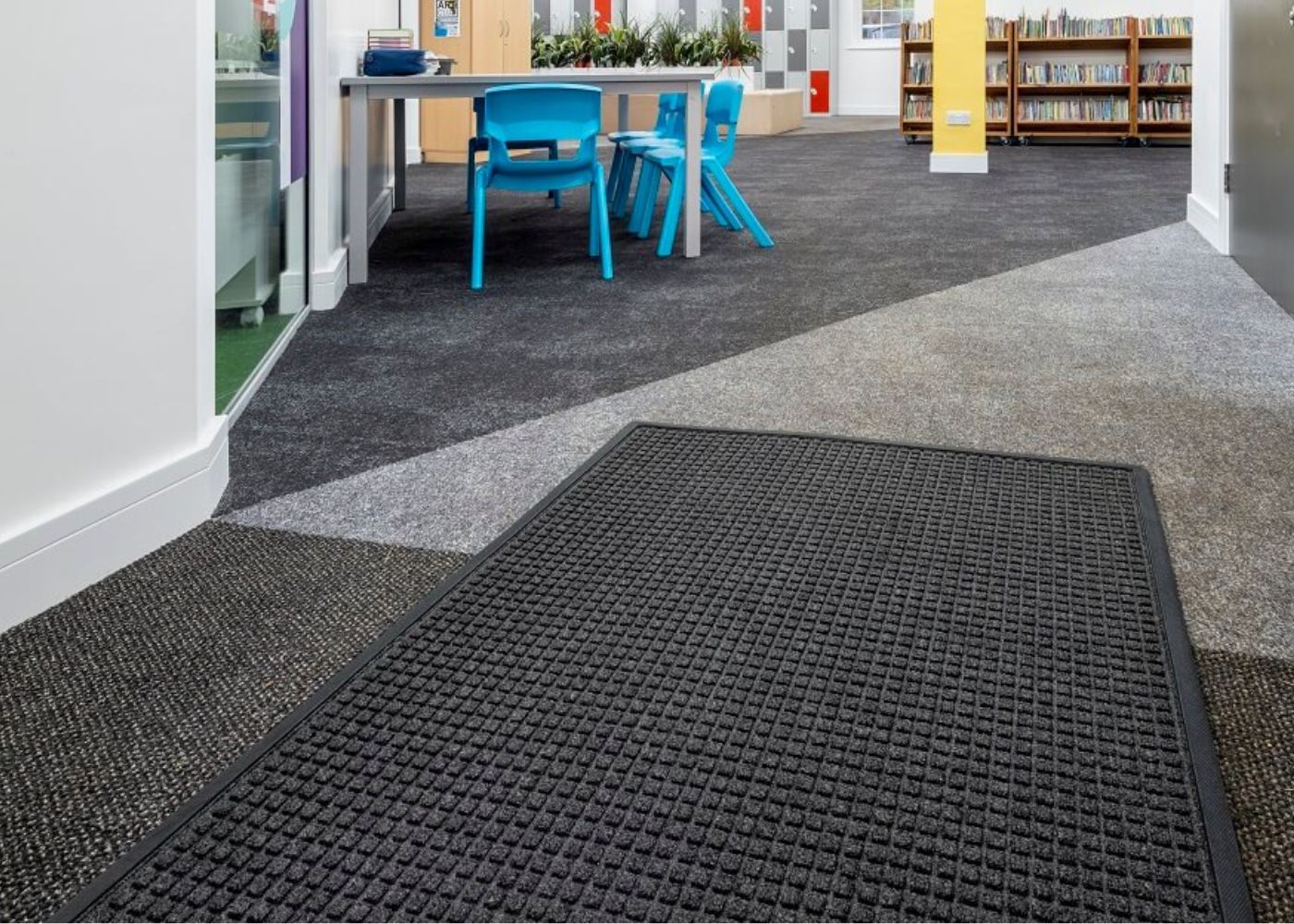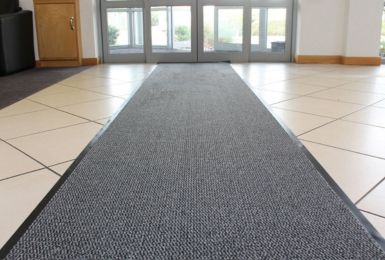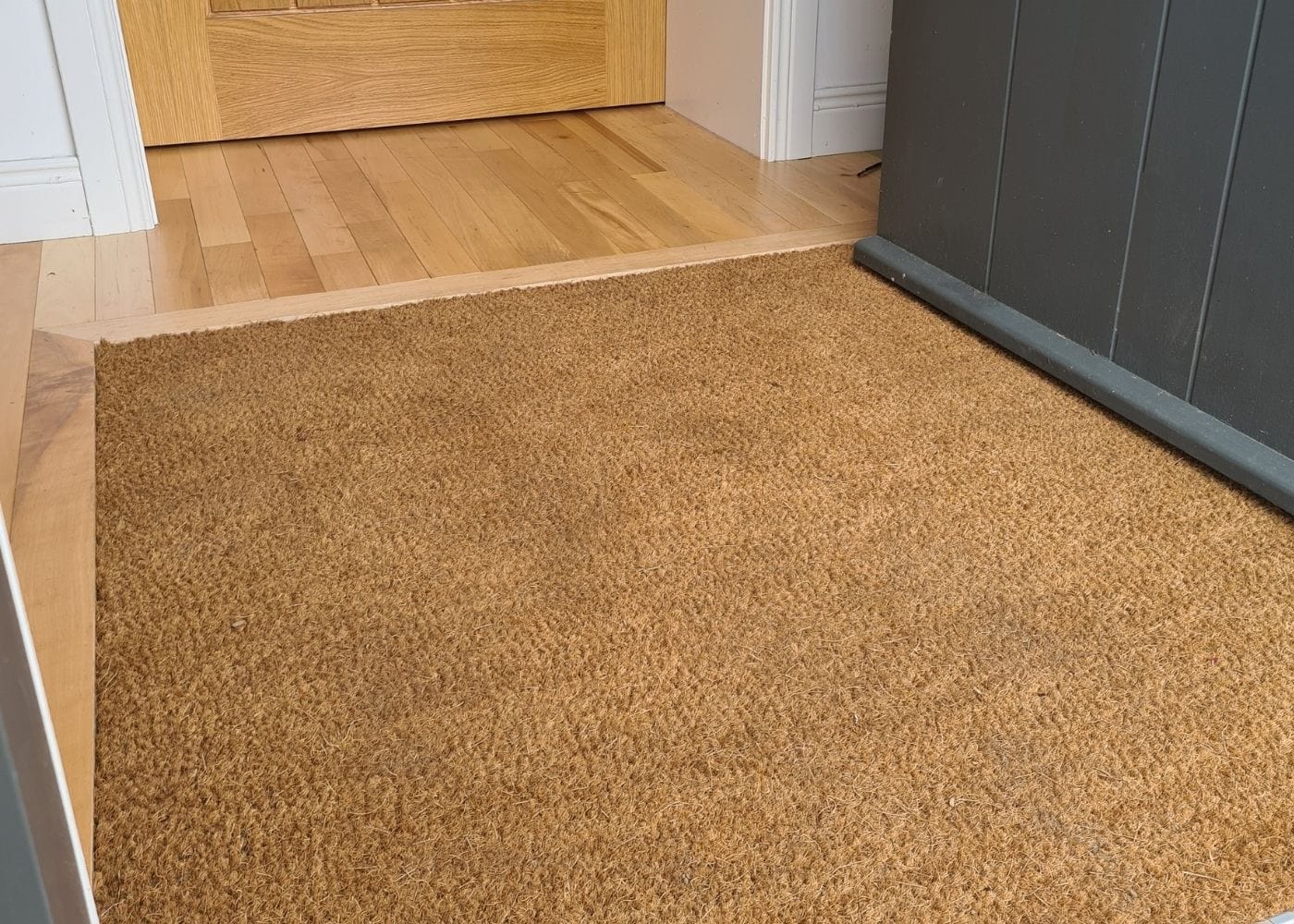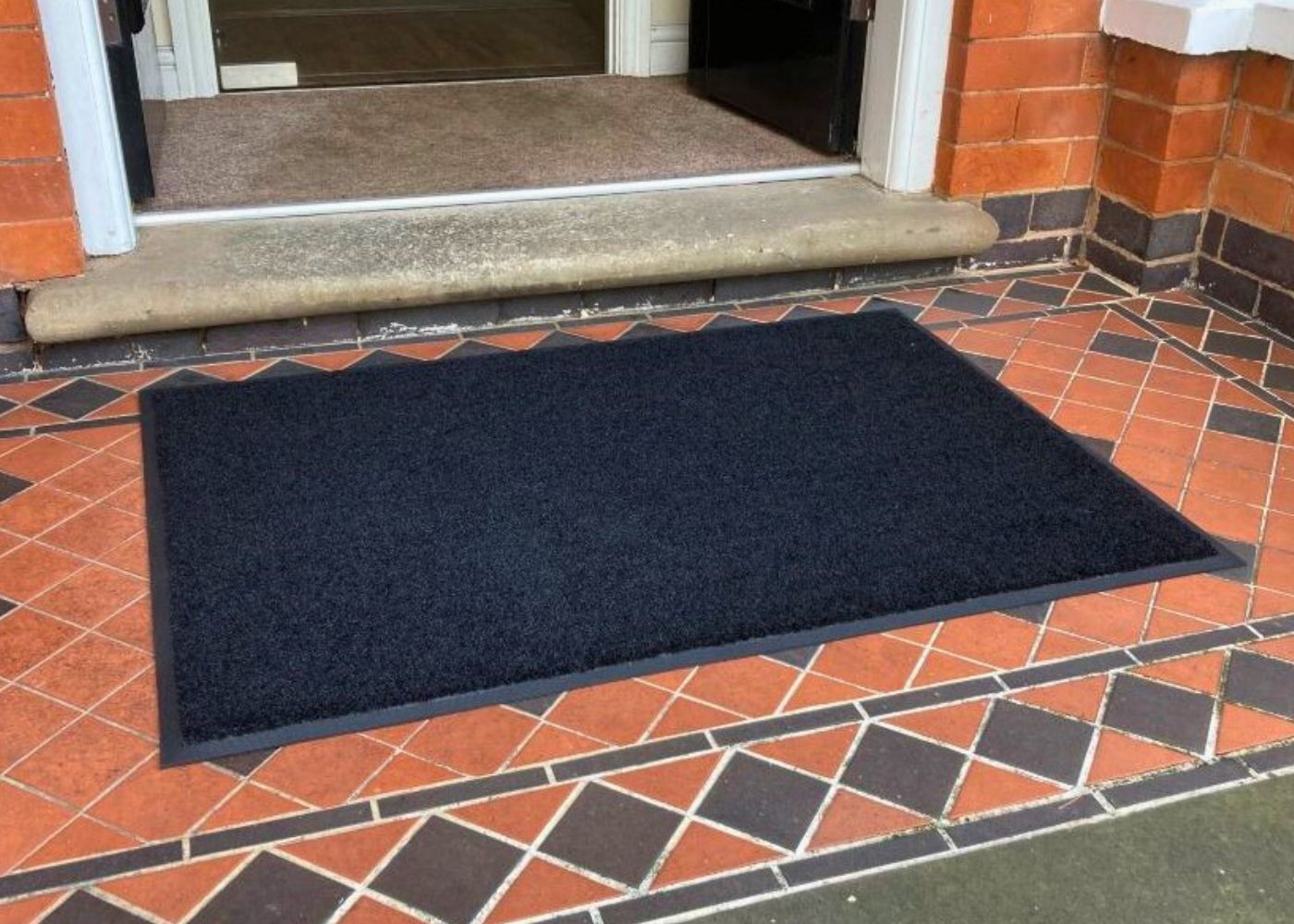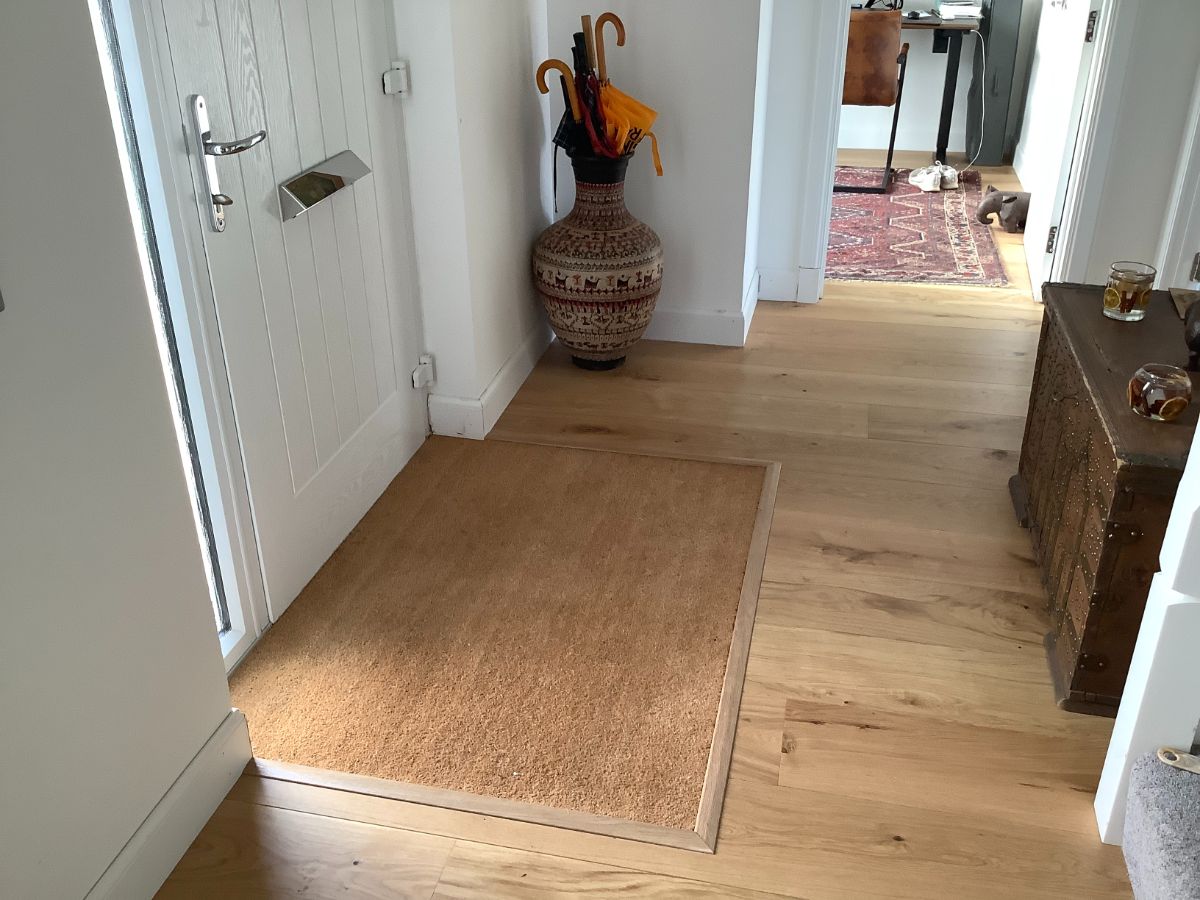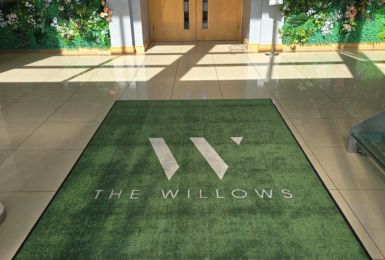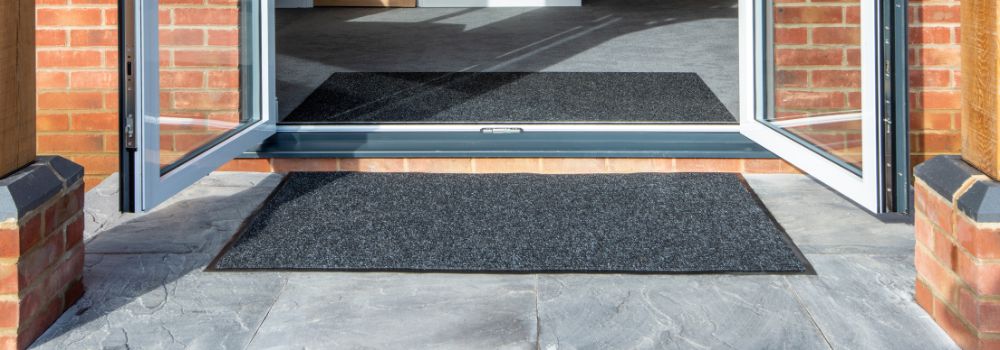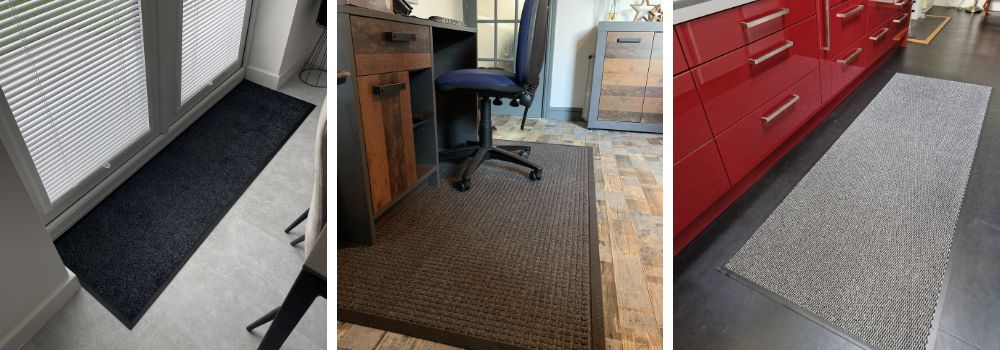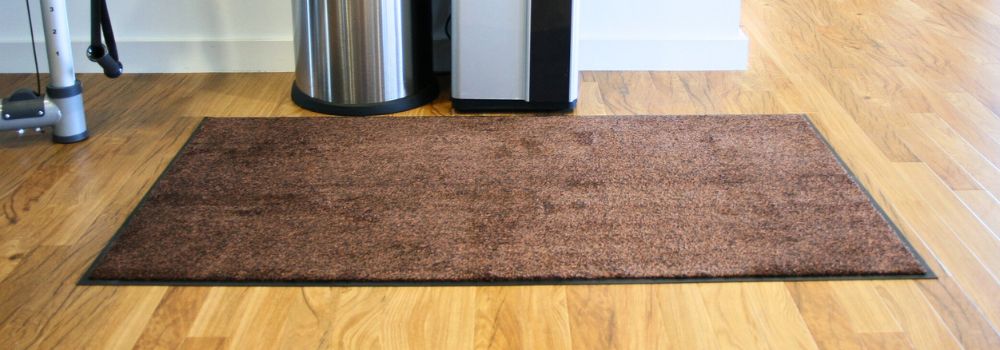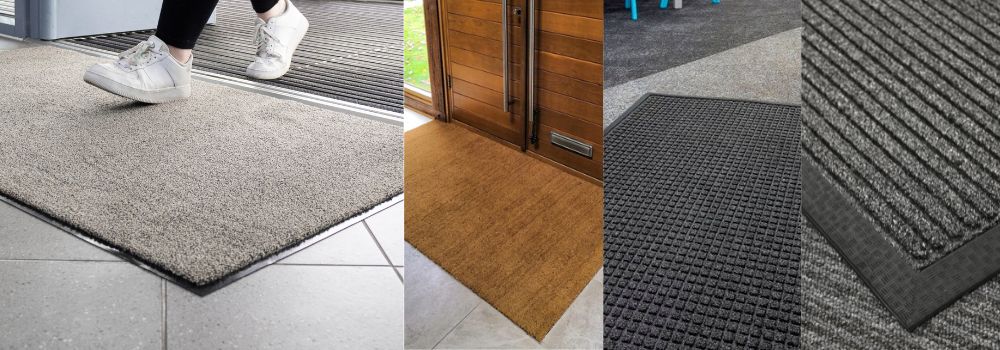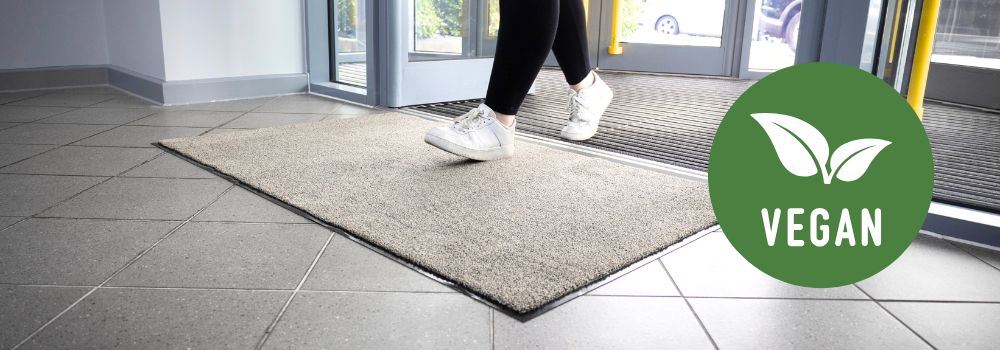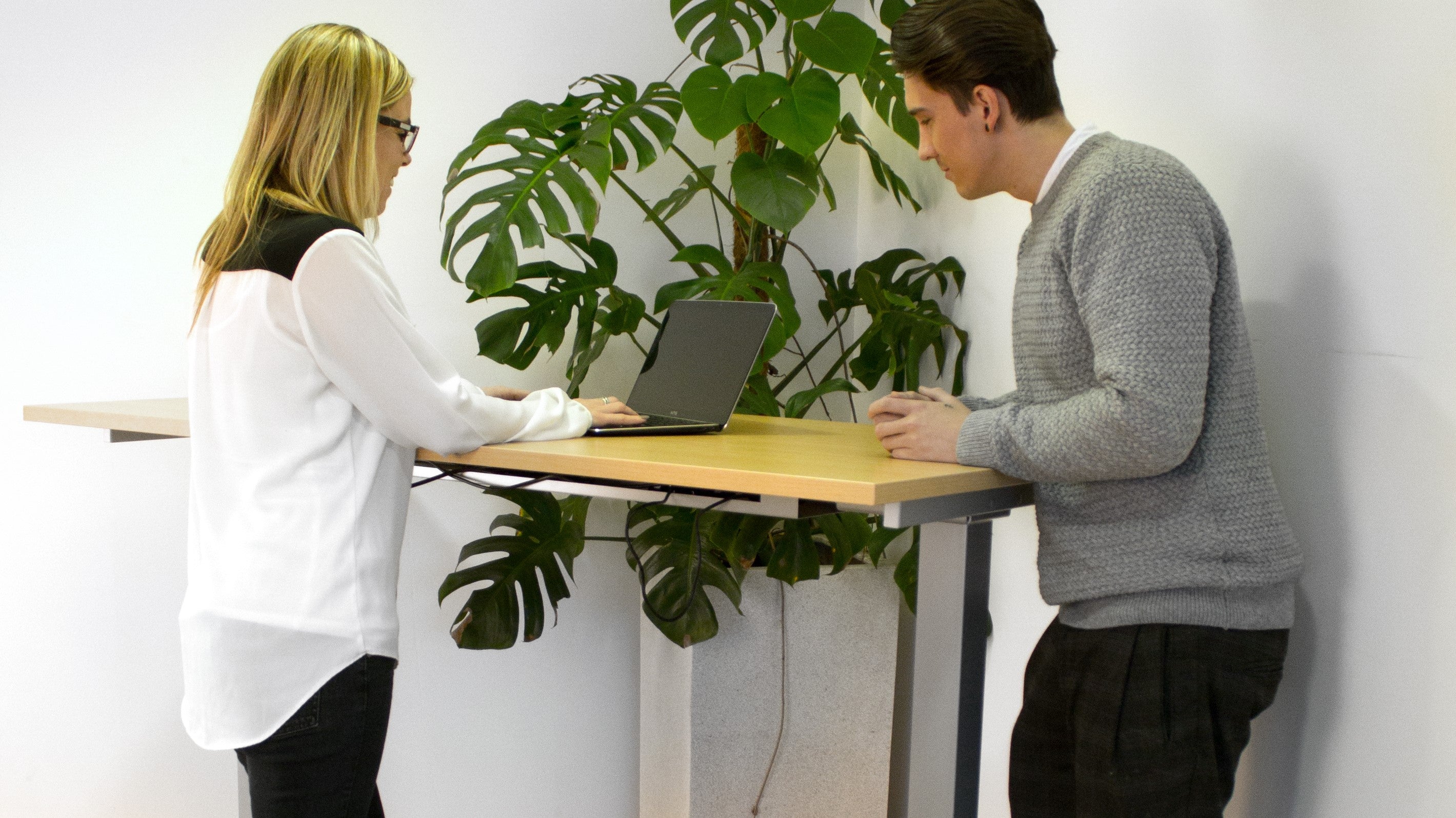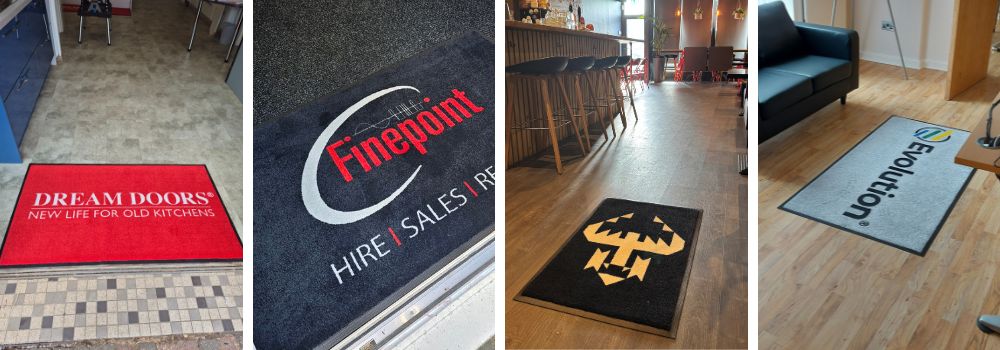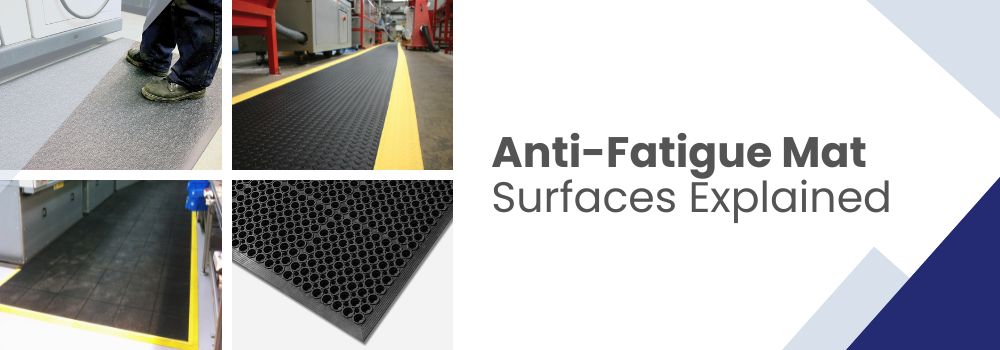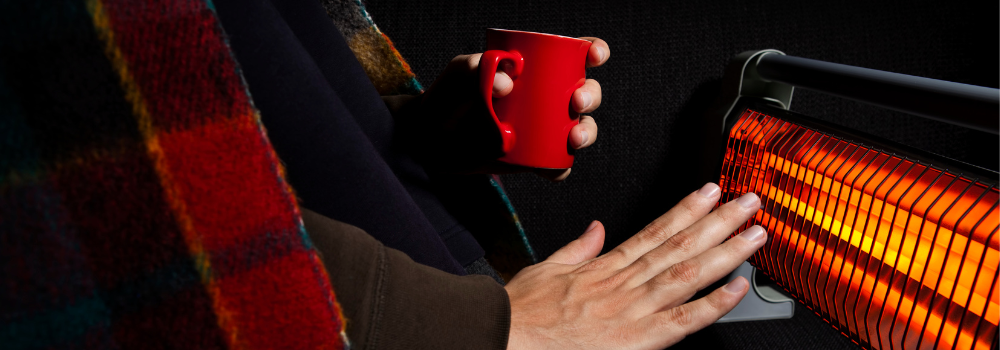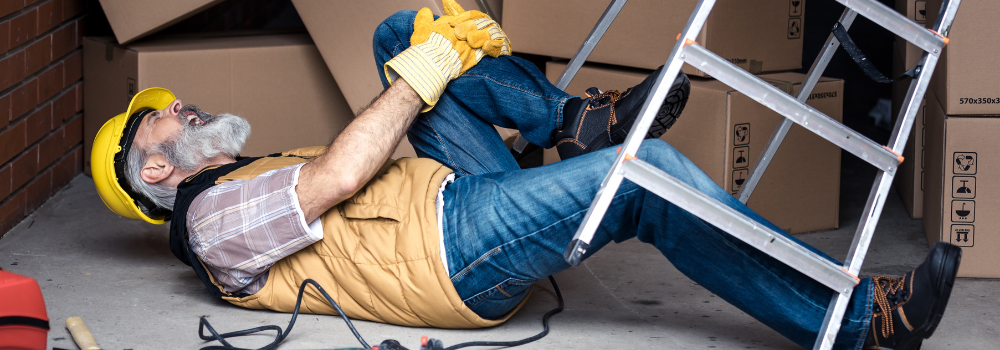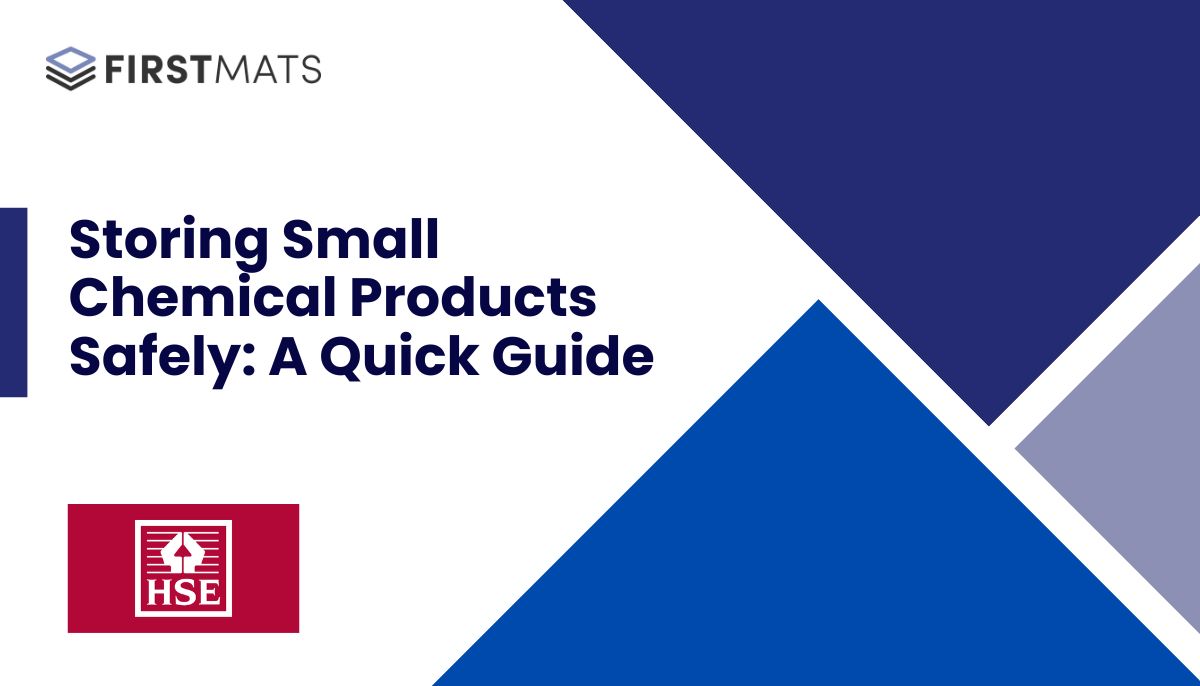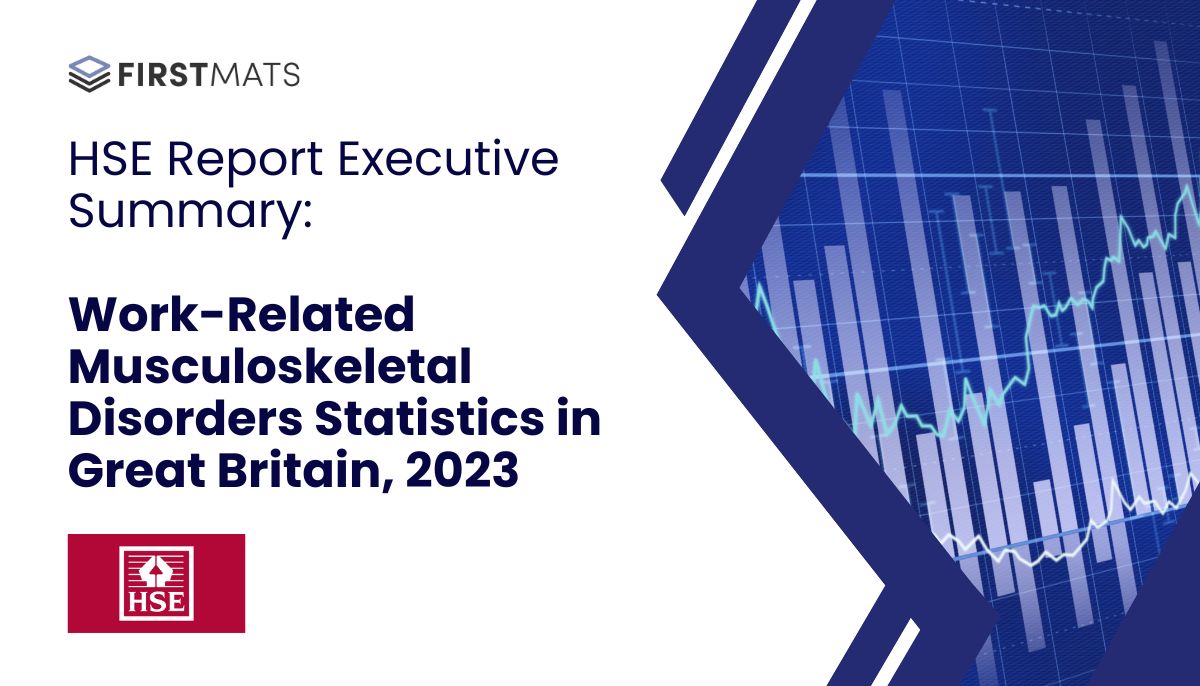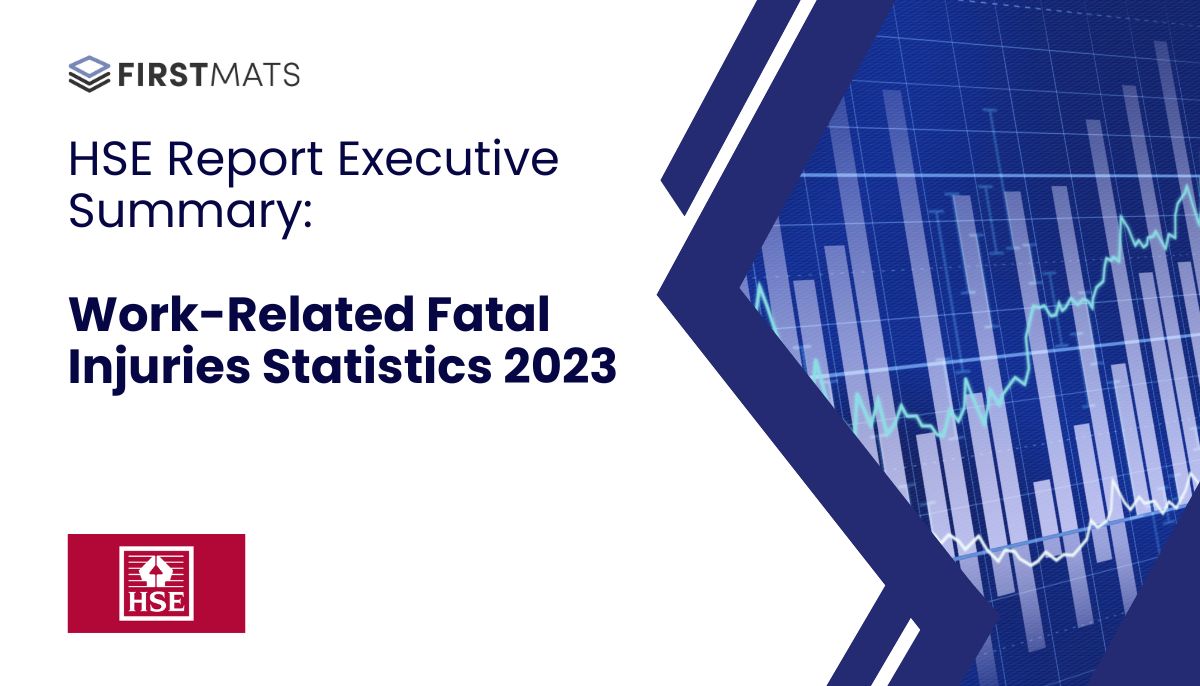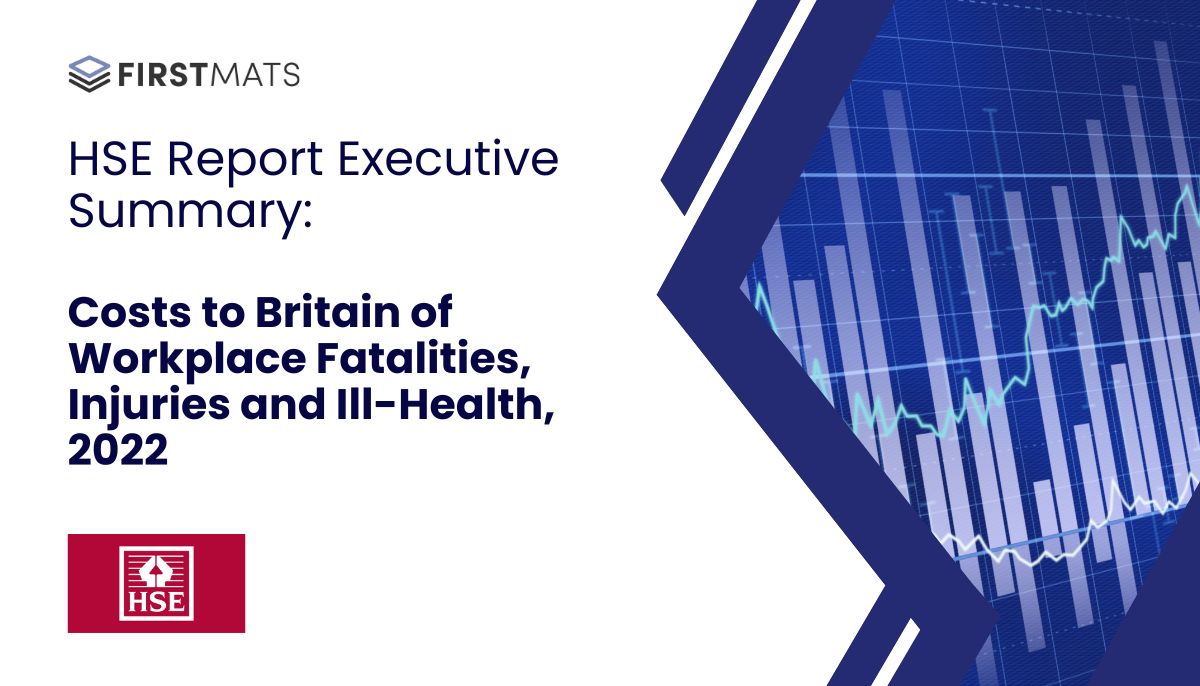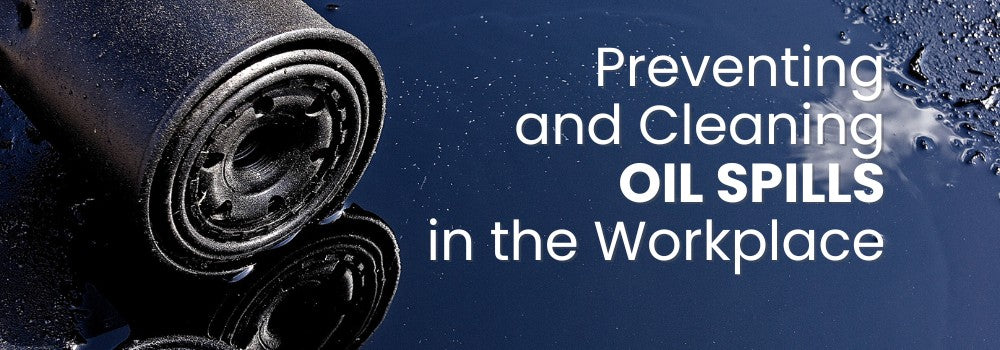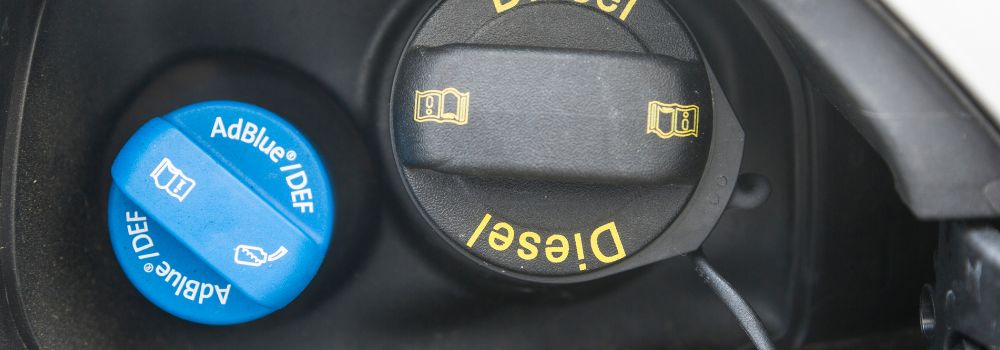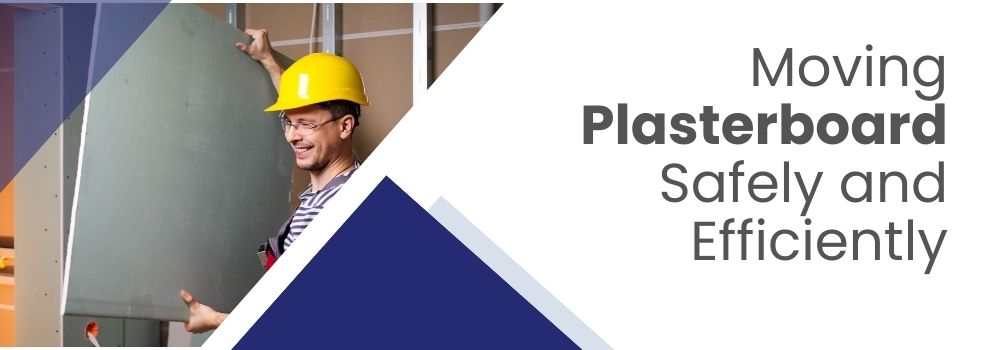How to Deal with Wet Floors in Warehouses

by Richard O'Connor
Aug 12, 2022 | *5 minutes to readDid you know that slips and falls are the most significant cause of non-fatal injuries in UK workplaces? And what’s most frustrating is that most of those accidents are entirely avoidable. So, if you're looking to protect staff AND revenue, you need to know how to deal with wet floors in your workplace.
Slips and falls accounted for 33% of the 441,000 self-reported workplace injuries in 2020/21. Take into account that a further 25% of those injuries resulted in illness absence of over seven days, and it becomes clear that warehouses, factories, and offices with high foot traffic need to develop strategies to keep their floors dry and clean.
And while many factors contribute to wet, dirty, and slippery floors, adopting a safety-first approach with appropriate matting and cleaning equipment is proven to help maintain workforce safety.
This article explores how to deal with wet floors in warehouses, factories, and offices, helping protect your workforce AND your company’s productivity.
Identifying Slip Hazards in the Workplace
You've trained your staff in appropriate Health and Safety activities. And you've plastered your walls with safety signage.
However:
There are many sources of wet floors, including:
- Weather conditions outside
- Sweating Slab Syndrome
- Fall off from manufacture
- Spillage
Winter can be a particularly challenging time in warehouses, not just because of the rain, but hazards caused by ice. Even though there are several ways to thaw frost and ice on warehouse floors, all will leave potentially slippery water on the floor that needs to be managed.
Some factors are innate and beyond reasonable mitigation. But it is possible to minimise the potential for slips and falls in those environments with appropriate matting and flooring.
Self-Draining Anti-Fatigue Matting
Accidents often happen when your employees are tired from spending long periods on their feet. Anti-fatigue mats minimise muscle fatigue in the feet and legs by softening the floor's texture, which — in turn — improves blood flow while boosting energy and focus.

Choose the most suitable matting for your warehouse or factory and gain a super-durable self-draining floor surface that helps boost productivity while maintaining maximum safety for your valuable workforce.
Choosing your Anti-Fatigue Matting
According to podiatric specialist Nina L. Colleta, anti-fatigue matting positively impacts foot pain by relieving stress and discomfort in environments likely to demand repetitive actions, such as in warehouses and factory floors.
But Colleta acknowledges that there's no one-size-fits-all fix for anti-fatigue matting, explaining that you should select your floor covering based on the specific needs of your operation.
They recommend finding matting that’s:
- Neither too soft nor too hard — if the matting is too hard, it offers little impact protection. At the same time, too soft a surface causes the body to overwork — actually increasing fatigue and causing physical imbalance that can lead to poor posture.
- Responsive — premium-quality anti-fatigue matting should retain its shape as soon as the user moves. Too slow a response and the mat doesn't provide a stable standing surface.
- Optimal depth — if your anti-fatigue matting is too thin, it will act like a mat that’s too firm, negating the mat’s benefits for your workforce.
Ultimately, you need a mat that maintains its shape under stress, remains in place, and offers optimal under-mat drainage to prevent the mat from slipping.
Overcoming Sweating Slab Syndrome
Sweating Slab Syndrome (SSS) occurs when moisture develops over the surface of interior concrete flooring, causing slippiness even if the environment is otherwise dry and seemingly safe.
Indeed, SSS poses a risk to both employees and machinery.
According to Concrete Construction, loaded forklift trucks are particularly hazardous in environments suffering from SSS. They told us of one occasion where a loaded forklift truck slid from a loading dock and into the path of an incoming trailer, causing damage to stock and a potentially severe threat to the floor staff.
Sweating Slab Syndrome can be overcome with additional ventilation, preventing humidity build-up, but this is not practical in some warehouse settings. And in those cases, heavy-duty forklift truck mats will prevent wheel slippage, protecting both operational staff and stored product.

Additionally, forklift truck mats prevent the spread of dirt and water from outside, helping improve warehouse cleanliness and safety. The waffle mat pattern helps scrub moisture and dirt from the wheels, helping keep the warehouse floors clean and dry.
Install barrier mats at your building’s entrance
One of the most significant causes of wet floors inside your building is the mud and rainwater caught in the grips of workers' shoes. Waffle mats help by trapping dirt, water and debris, helping keep work floors clean and dry.
Placing barrier mats at building entrances helps remove dust, dirt, and grime from footwear before it's trodden onto your workplace floors.
And extra-large matting is even more effective at removing debris from outdoor shoes — if your matting is stepped on with both feet, you're more likely to keep your floors clean and dry.
Conduct walkway audits
Some floor surfaces wear out over time, and worn surfaces become slippery even when dry. Hire a tribometer to assess the friction and wear of your walkways to identify the potential for slips and falls.
Stairways are particularly prone to wear and tear. Reduce the risk of accidents with anti-slip GRP nosing and stair treads, including floor sheets and high-grip tapes for other high-traffic floors and surfaces.
These durable anti-slip surfaces are proven to minimise the risk of slippage on high-traffic floors.
Find out more about how to deal with wet floors in warehouses
Thinking about minimising the impact of the wet floors in your workspaces? FirstMat.co.uk can help.
Based in the Midlands - and with a 5-star rating on Trustpilot - our friendly experts will help you make the right decisions for your specific workplace needs.
Explore More Topics
Frequently Asked Questions
If you have any questions, we’re here to help
How long does delivery take?
Each product comes with a specified lead time for delivery. We'll keep you informed if there are any delays in meeting this timeline.
Typically, once you’ve finalised your order and approved the proof, it will take 4-5 business days to make and deliver your finished mat.
If my order is damaged, can I return or exchange it?
Got a problem with your order? If something's not right or you're not thrilled with the quality, just let us know within 14 days of getting it. Drop us a line, and we'll tell you what to do next—usually, it starts with you sending us a photo of the issue. Once we check that out, we'll sort you out with a refund or a new item, no fuss.
Can I get my mat delivered more quickly?
Need your item in a hurry? Just Contact us to explore the faster delivery options we might have for you!
If my custom mat is damaged, can I return or exchange it?
Got a problem with your order? If something's not right or you're not thrilled with the quality, just let us know within 14 days of getting it. Drop us a line, and we'll tell you what to do next—usually, it starts with you sending us a photo of the issue. Once we check that out, we'll sort you out with a refund or a new item, no fuss.
























